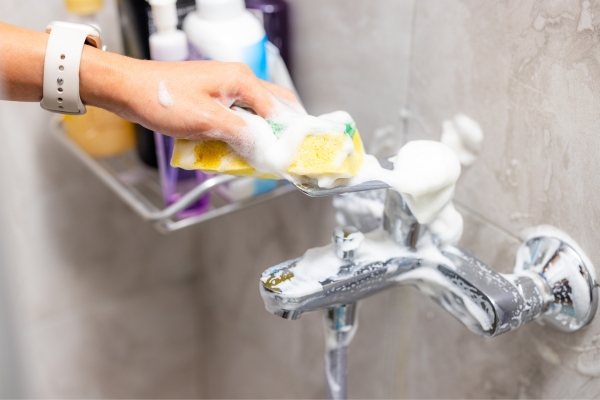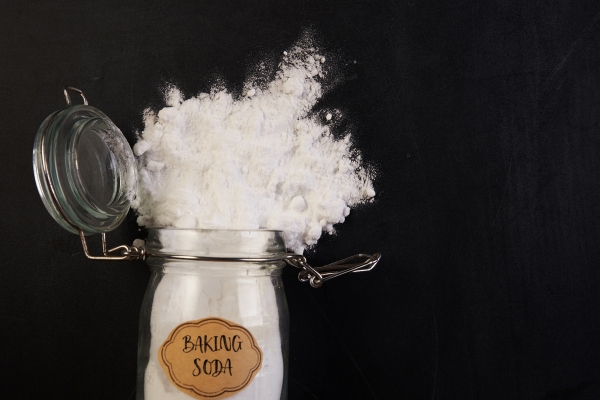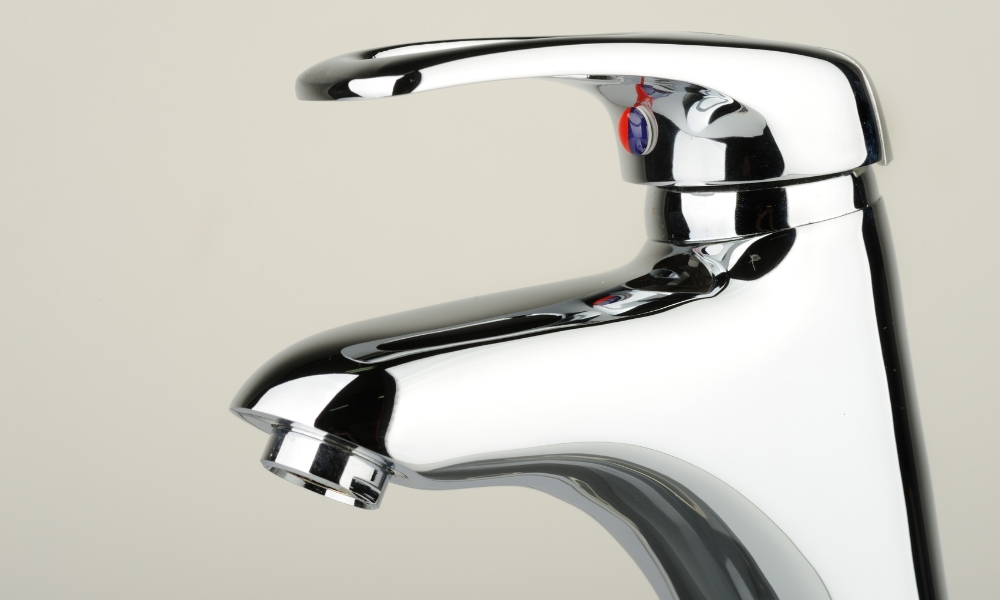Nickel faucets add a touch of elegance and sophistication to any bathroom or kitchen. However, maintaining their pristine appearance requires regular cleaning and proper care. Unlike other finishes, nickel is more susceptible to tarnishing and discoloration if not treated correctly. In this blog, we’ll guide you through the steps to clean and care for your nickel faucets, ensuring they stay shiny and new for years to come.
Why Clean Nickel Faucets?
Nickel faucet are known for their durability and attractive finish. However, exposure to hard water, soap scum, and everyday grime can dull their appearance. Regular cleaning prevents buildup, maintains the faucet’s finish, and extends its lifespan.
Can I use vinegar to clean nickel faucets?
Yes, you can use a solution of equal parts white vinegar and water to Clean Black Faucets, especially for removing hard water stains and mineral deposits. Soak a cloth in the solution, wrap it around the faucet, and let it sit for 15-30 minutes before gently scrubbing with a soft-bristled toothbrush. Rinse thoroughly and dry.
Materials You’ll Need
- Soft cloths or microfiber towels
- Mild dish soap
- Warm water
- White vinegar
- Baking soda
- Soft-bristled toothbrush
- Non-abrasive sponge
- Lemon juice (optional)
- Protective gloves (optional)
Step-by-Step Cleaning Process
1. Routine Cleaning

Routine cleaning of your nickel faucets should be done regularly to maintain their luster and prevent the buildup of grime. Begin by wiping down the faucet with a soft, damp cloth to remove any surface dust or dirt. Avoid using abrasive sponges or harsh chemicals, as these can scratch the surface and dull the finish. For a more thorough clean, mix a few drops of mild dish soap with warm water, and gently scrub the faucet using a soft cloth. Rinse with clean water and dry with a microfiber cloth to prevent water spots.
2. Removing Hard Water Stains and Mineral Deposits

Over time, hard water stains and mineral deposits can form on nickel faucet, leading to unsightly marks. To tackle these, prepare a solution of equal parts white vinegar and water. Soak a cloth in the solution and wrap it around the affected areas of the faucet. Let it sit for about 15 minutes to loosen the deposits. Afterward, gently scrub the area with a soft brush or cloth, then rinse thoroughly with water and dry with a clean towel. This method helps dissolve the minerals without damaging the faucet’s finish.
3. Tackling Tough Stains with Baking Sod

For tougher stains that routine cleaning can’t remove, baking soda offers an effective solution. Make a paste by mixing baking soda with a small amount of water. Apply the paste to the stained areas and let it sit for about 10 minutes. Using a soft cloth or an old toothbrush, gently scrub the paste into the stains. Baking soda’s mild abrasive properties help lift stubborn stains without scratching the nickel surface. Rinse off the paste with water and wipe the faucet dry with a microfiber cloth.
4. Using Lemon Juice for Extra Shine

To give your nickel faucet an extra shine, lemon juice can be a natural and effective polish. Cut a lemon in half and rub the juicy side directly onto the faucet. The natural acidity of lemon juice helps dissolve any remaining grime and imparts a brilliant shine. Alternatively, you can soak a cloth in lemon juice and use it to polish the faucet. After applying the lemon juice, rinse the faucet with water and dry thoroughly with a soft cloth. The result is a sparkling, clean faucet that enhances the overall look of your bathroom or kitchen.
Tips for Maintaining Nickel Faucets
- Avoid Harsh Cleaners: Do not use abrasive cleaners, bleach, or ammonia-based products, as they can damage the nickel finish.
- Dry After Use: Always dry the faucet after use to prevent water spots and mineral buildup.
- Use a Protective Wax: Consider applying a thin layer of car wax or a nickel-specific polish to protect the finish and enhance shine.
- Regular Cleaning: Incorporate regular cleaning into your routine to prevent buildup and maintain the faucet’s appearance.
Conclusion
Cleaning nickel faucets doesn’t have to be a daunting task. With the right materials and techniques, you can keep your faucets looking as good as new. Regular maintenance and gentle cleaning will ensure your nickel faucet remain a beautiful focal point in your home for years to come. Remember, the key is to be gentle and consistent in your cleaning efforts. Happy cleaning!


